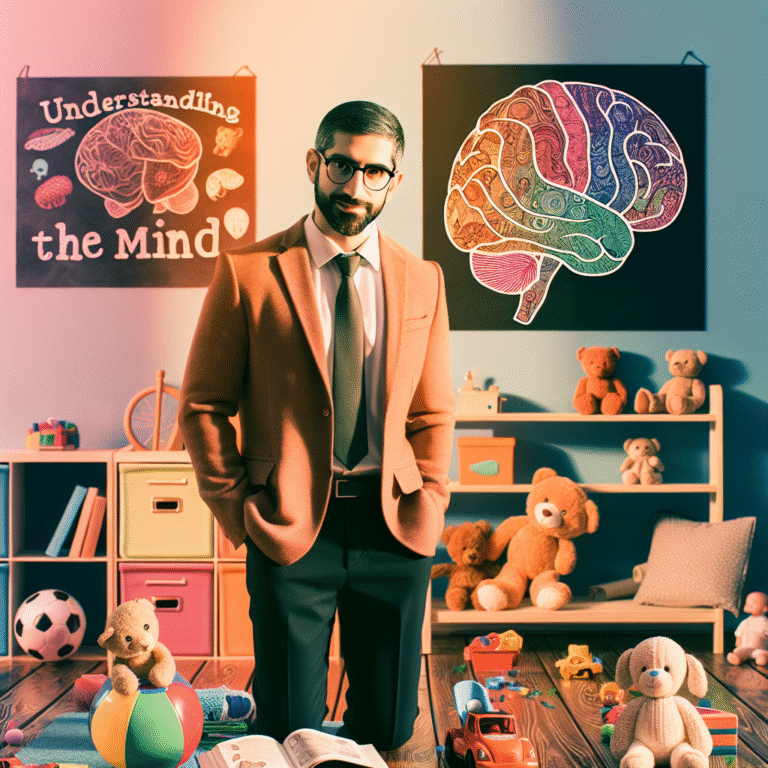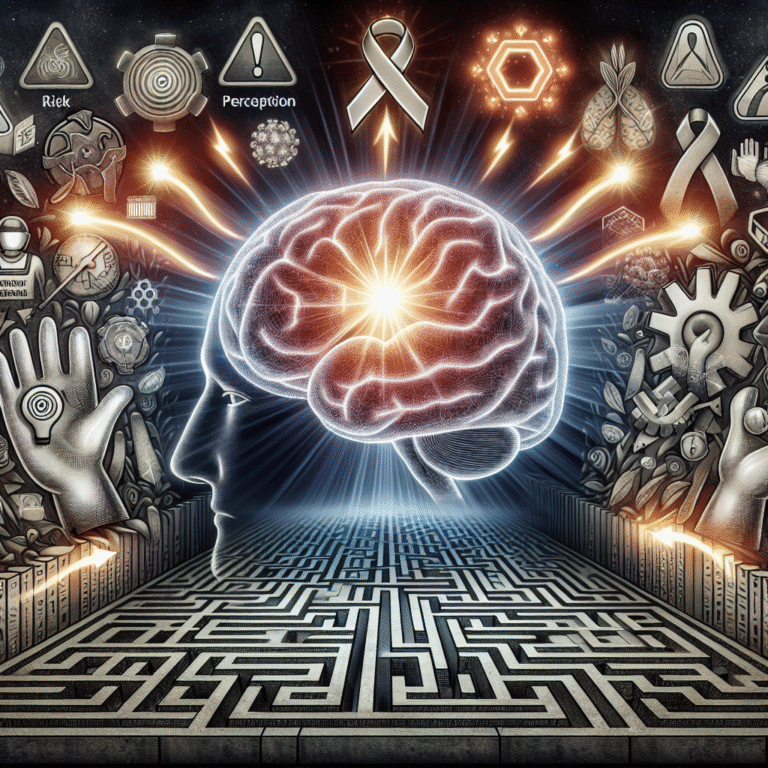
Introduction: The Power of Understanding
In the ever-evolving landscape of mental health treatment, there exists a noteworthy champion among therapeutic approaches—Cognitive Behavioral Therapy (CBT). Yet, despite its proven effectiveness, a multitude of myths clouds its reputation, leaving many confused or skeptical. Debunking Myths: What You Need to Know About Cognitive Behavioral Therapy serves as a vital guide for anyone curious about this transformative treatment. In this article, we will unravel the misconceptions surrounding CBT, glimpse into real-world applications, and provide you with actionable insights.
The Essence of Cognitive Behavioral Therapy
What is Cognitive Behavioral Therapy?
Cognitive Behavioral Therapy is a structured, goal-oriented psychotherapeutic approach that aims to address dysfunctional thoughts and behaviors. CBT operates on the premise that our thoughts, feelings, and behaviors are interconnected. By changing negative thought patterns, individuals can foster healthier emotional responses and behaviors.
The Origins of CBT
Originating in the 1960s, CBT was developed by Dr. Aaron T. Beck, a psychiatrist who sought to create an effective method for treating depression. The approach quickly gained traction and has since been adapted to treat a variety of mental health issues, including anxiety disorders, PTSD, and even chronic pain.
Why is CBT So Effective?
One of the core tenets of CBT is its focus on empowerment. Patients learn to identify and challenge their negative thought patterns, effectively taking control of their mental health. The therapy is structured and often brief, typically requiring 12 to 20 sessions, making it an appealing option for those seeking timely relief.
Debunking Common Myths About CBT
Myth #1: CBT is Only for Severe Mental Illness
Truth: One of the most prevalent myths is that CBT is exclusively for individuals battling severe mental illnesses. In reality, cognitive behavioral therapy is effective for a wide range of challenges, from stress management to issues in everyday functioning.
Case Study: Take the story of Sarah, a college student struggling with test anxiety. Rather than debilitating depression or a serious psychological disorder, her anxiety stemmed from academic pressure. CBT equipped her with strategies to challenge her negative thoughts and embrace a confident mindset. As a result, she not only improved her academic performance but also learned valuable skills for future challenges.
Myth #2: CBT Only Focuses on Positive Thinking
Truth: While positive thinking plays a role, CBT is much more nuanced. The therapy involves recognizing and addressing harmful thought patterns, but it also emphasizes realistic thinking.
| Thought Pattern | CBT Response |
|---|---|
| "I failed once, so I’ll always fail." | "I’ve succeeded in the past and can improve next time." |
| "Everyone must like me." | "It’s normal for not everyone to like me, and that’s okay." |
Example: A client who believes she must please everyone may suffer from stress and burnout. CBT would help her recognize this belief’s toxicity and foster a healthier mindset that accepts imperfections.
Myth #3: CBT is a Quick Fix
Truth: While CBT is typically shorter in duration than other therapeutic approaches, it requires effort, practice, and commitment from the patient. Change takes time, and real transformation comes from applying CBT techniques outside of therapy sessions.
Case Study: James, a corporate employee, began CBT to tackle his chronic procrastination at work. Early sessions focused on identifying his avoidance patterns, but his lasting change came through consistent practice of the techniques he learned. After a few months, his workflow improved significantly, but it was his diligence that led to that success.
Myth #4: CBT is Too Rigid
Truth: CBT does have a structured format, but it is flexible and customizable to meet individual needs. Therapists can adapt techniques and approaches depending on a client’s unique challenges.
Table: Modalities in CBT
| Modality | Description |
|---|---|
| Standard CBT | Focuses on changing thought patterns |
| Dialectical Behavior Therapy (DBT) | Combines CBT with mindfulness techniques |
| Acceptance and Commitment Therapy (ACT) | Encourages acceptance of thoughts alongside active commitment to change |
Illustration: A teenager grappling with feelings of inadequacy may require a more adaptable approach that integrates DBT for emotional regulation. CBT can mold itself to suit the teenager’s unique challenges.
Myth #5: CBT is All About Homework
Truth: While homework is a component of CBT, it’s not the sole focus. Homework assignments are designed to reinforce learning and promote self-awareness, but therapy sessions themselves can be rich, interactive experiences.
The Benefits Beyond the Myths
Understanding Debunking Myths: What You Need to Know About Cognitive Behavioral Therapy allows us to appreciate its multitude of benefits.
Empowerment
CBT teaches clients strategies to handle emotional disturbances and everyday life challenges. Individuals often leave therapy equipped with lifelong tools.
Versatility
CBT’s adaptability means it can serve a variety of populations and issues—it’s beneficial for children, adults, and even couples.
Evidence-based
Numerous studies highlight the efficacy of CBT, including randomized controlled trials that affirm its effectiveness for various conditions.
Conclusion: Embrace the Knowledge
By Debunking Myths: What You Need to Know About Cognitive Behavioral Therapy, we’ve not only illuminated the misconceptions around CBT but also celebrated its potential for change and empowerment. Understanding the therapeutic process can inspire both individuals and mental health professionals alike to embrace CBT’s benefits.
Takeaway: Start the Journey
If you’re considering therapy, give yourself permission to explore CBT. Consult with a professional who can guide you in tailoring the therapy to meet your specific needs.
FAQs
1. Is CBT effective for everyone?
While CBT is effective for many, it may not suit everyone. A mental health professional can help determine the best approach for you.
2. Can I practice CBT techniques on my own?
Yes! Many CBT techniques can be practiced independently, such as journaling and cognitive restructuring. Self-help resources are widely available.
3. How long does CBT usually last?
Most CBT treatments last between 12 to 20 sessions, but this can vary based on individual needs and progress.
4. Will I need medication alongside CBT?
Some individuals may benefit from medication in conjunction with CBT. It is essential to discuss this with your healthcare provider.
5. Are there any downsides to CBT?
While CBT is largely effective, some individuals may find it challenging to engage with the cognitive restructuring process. It’s essential to remain open and committed to the practice.
This exploration of Debunking Myths: What You Need to Know About Cognitive Behavioral Therapy should illuminate the path toward understanding a powerful tool for mental wellbeing. By examining these myths, you are better equipped to make informed decisions about your mental health journey. Embrace the strength of CBT and take that affirmative step toward a brighter, healthier future!















